Famous historic guests of Stuckgowan
Welcome to the grand 32 acre estate of Stuckgowan. Sitting on the banks of Loch Lomond within the vast Tarbet Estate. And if you are just starting your historical journey, Loch Lomond is steeped in fascinating history, stretching back thousands of years. So we start with the evolution of Stuckgowan house and estate, which plays an important role in this story.
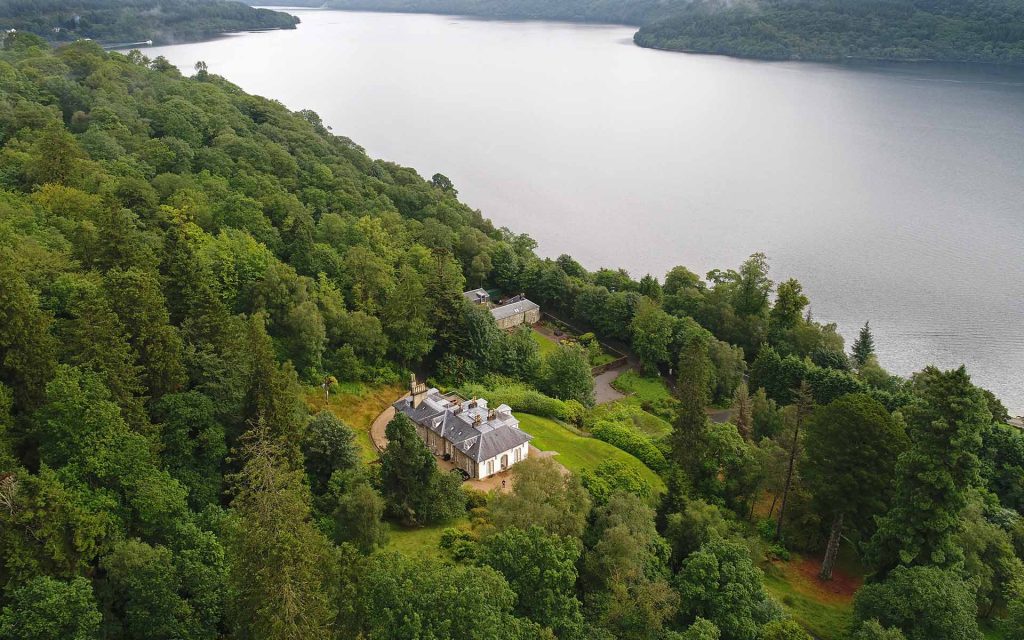
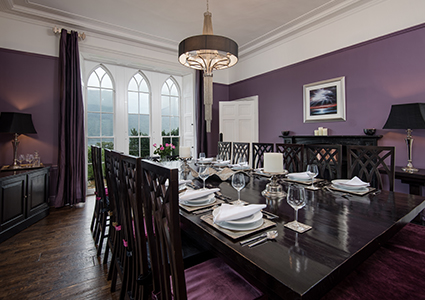
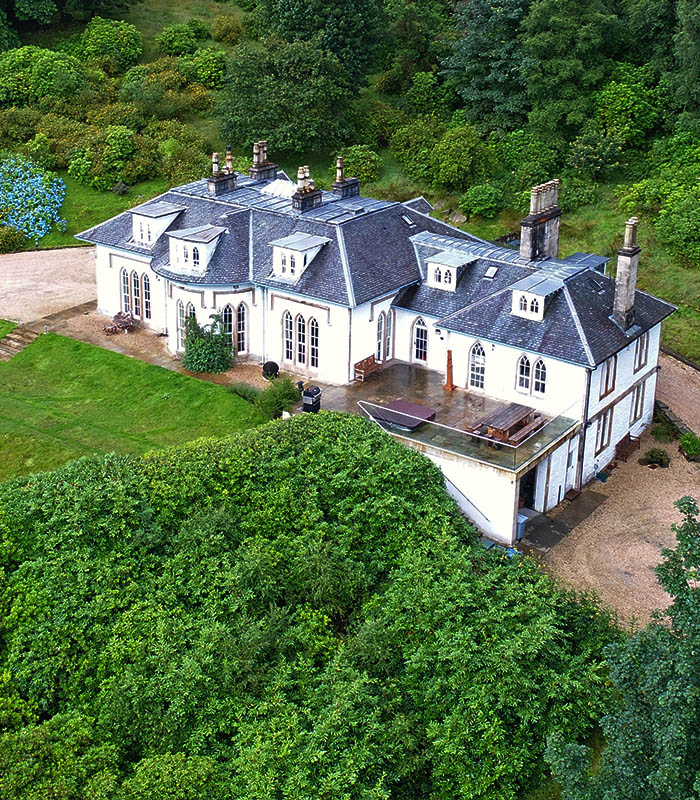
Historically the estate was purchased by the brothers Malcolm & John McMurrick in 1798. As Glasgow merchants they made their fortunes selling timber to the Glasgow shipyards. When the older brother, Malcolm, passed away the lands were kept by John McMurrick along with a good many properties in the village of Tarbet.
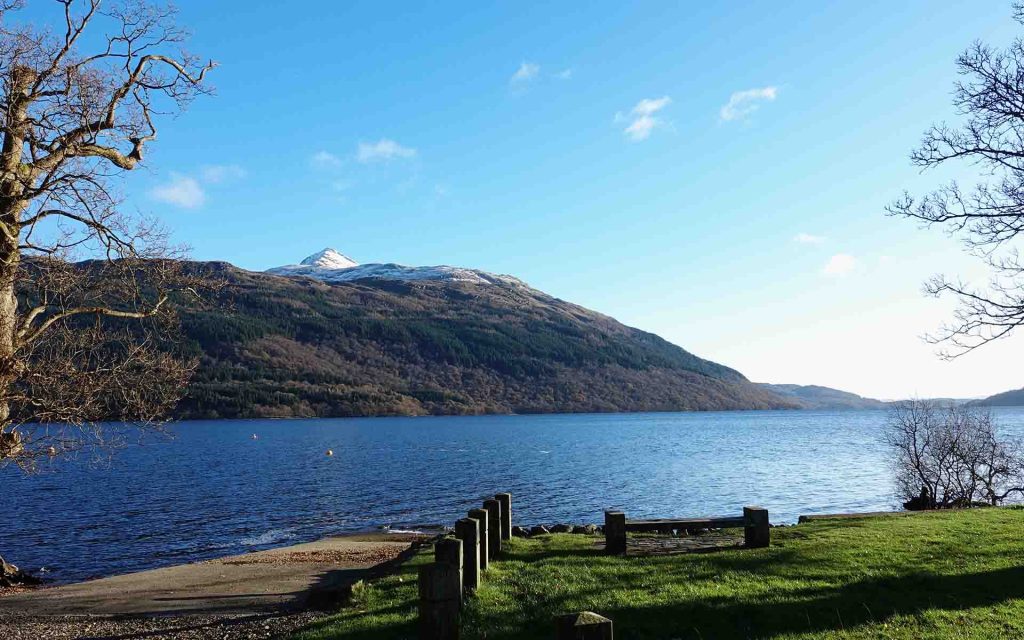
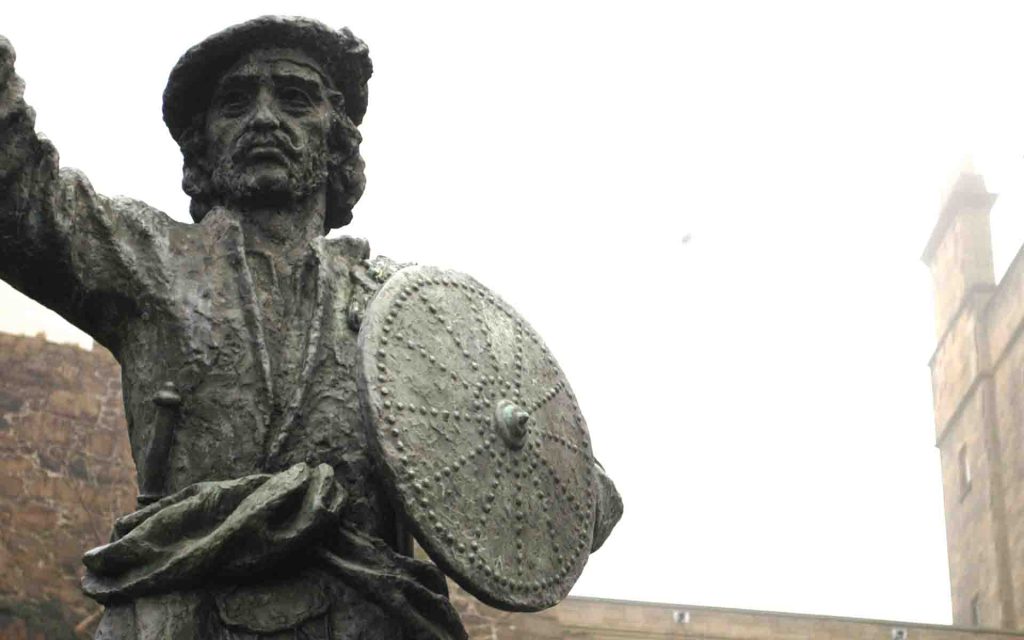
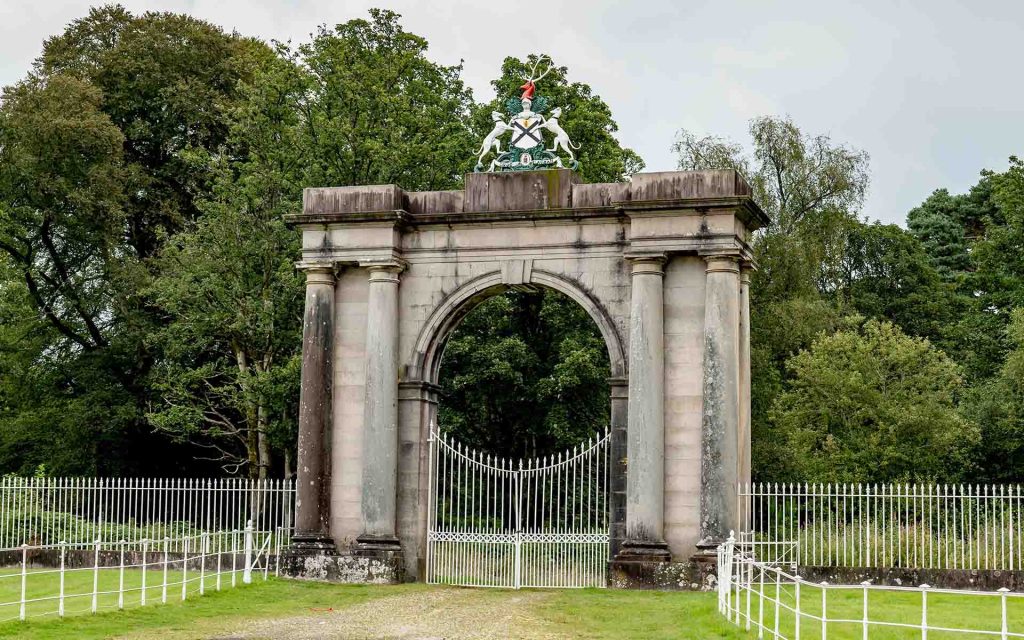
The Grand Lady of Loch Lomond
With his love of the magical views from the Stuckgowan Estate, John designed and built Stuckgowan House. The building became known as the grand lady of the loch, built in a stunning Tudor/Gothic style. The house and the additional houses on the land were built from beautiful granite stone quarried within the grounds of the estate. It was completed and occupied by 1810.
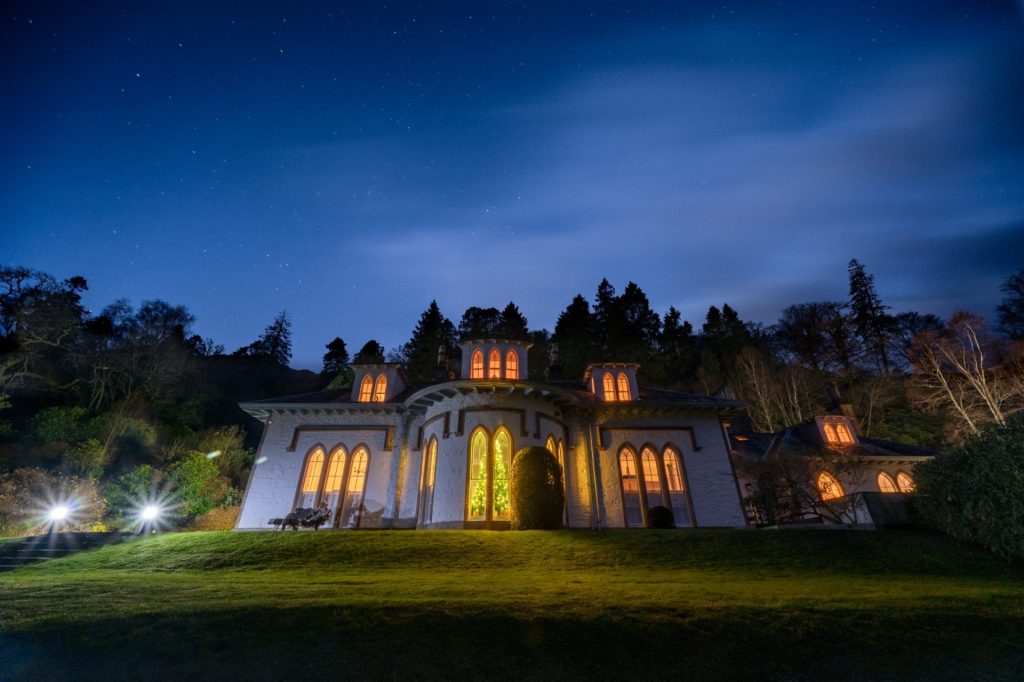
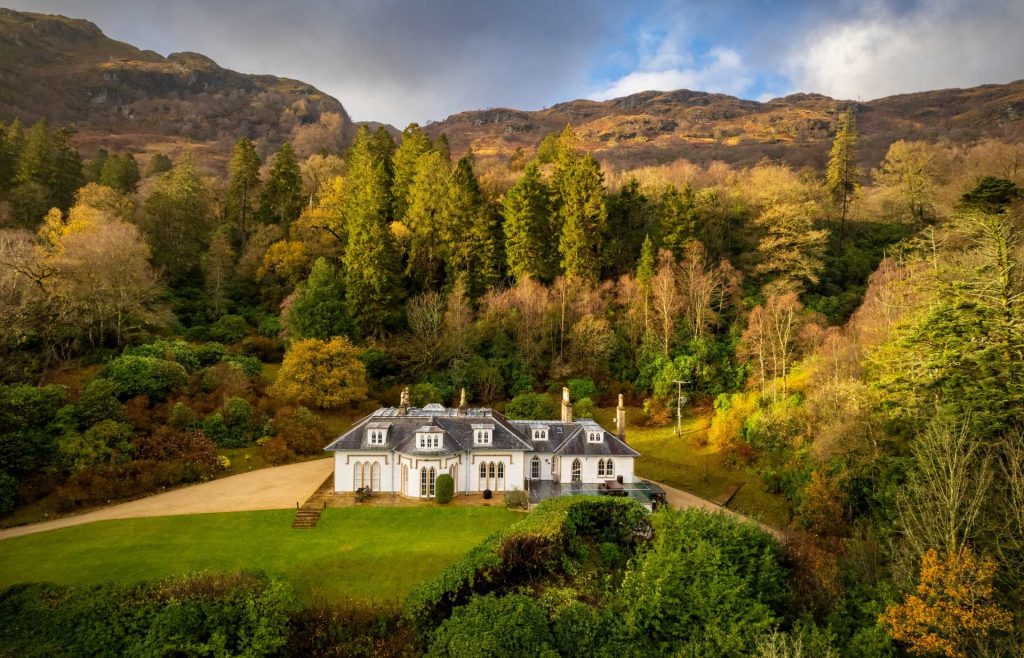
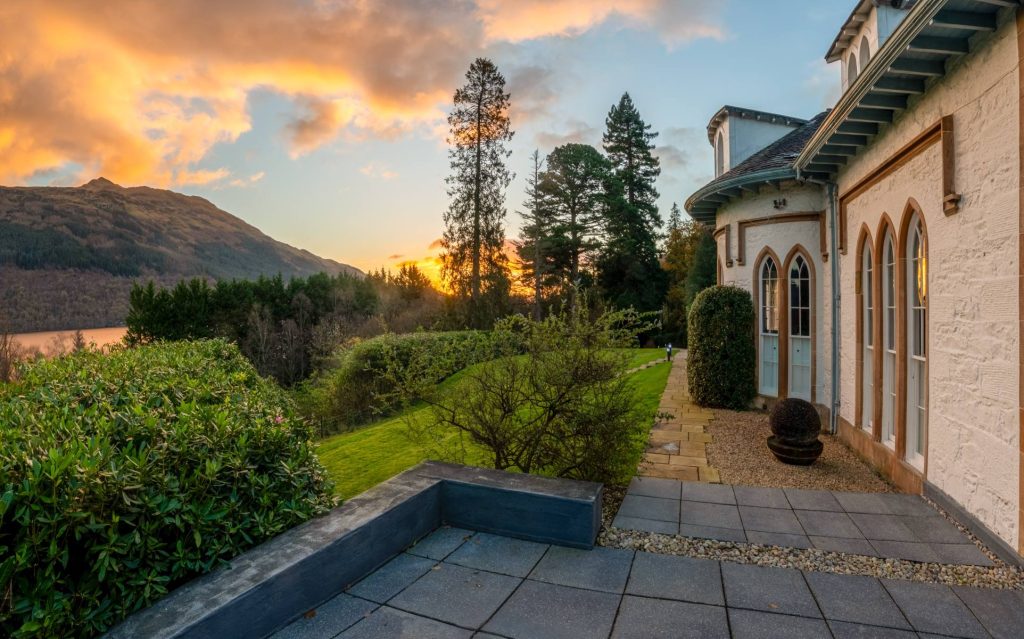
Walter Scott & Rob Roy connections
John McMurrick was a prominent local businessman with many famous friends. As such, he invited many well-known characters to dine and stay at Stuckgowan House.
One such guest was Walter Scott (later known as Sir Walter). Sir Walter Scott was a frequent guest at Stuckgowan and we believe the inspiration for his novel Rob Roy was written at Stuckgowan. The house looks across to the other banks of Loch Lomond where it is reputed that clan leader and owner of Balquidder Estate, Rob McGregor was imprisoned. The Rob Roy novel was published in 1817, just 7 years after the opening of the house.
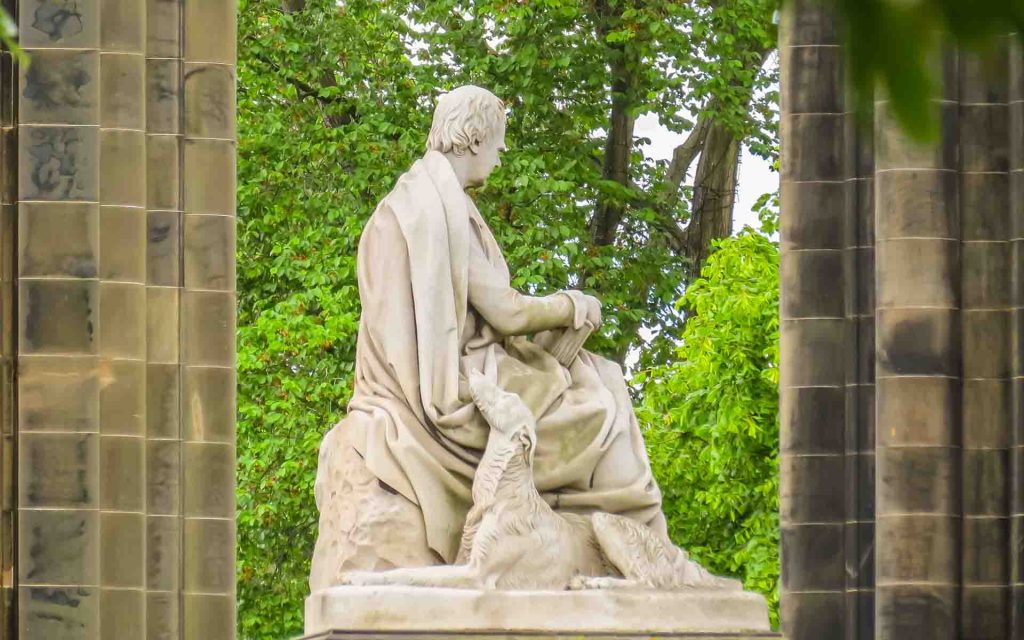
The first Loch Lomond cruises
Another famous guest of John was David Napier, an engineer from Dumbarton. He designed and built engines for the shipyards – where John was also selling Scottish oak. The pair formed a partnership and brought the first steamship, Marion, to Loch Lomond in 1816. The two men continued in partnership for 20 or 30 years and introduced 2 further vessels to the Loch.
The beginnings of Loch Lomond as a holiday destination
Essentially they brought tourism to the upper areas of Loch Lomond. John survived to a ripe old age and passed away in 1846, when the Stuckgowan estate was then inherited by the son of his brother Malcolm, James McMurrick. Both Malcolm & John McMurrick are buried in the Ballyhenan churchyard. Situated behind the old church in Tarbet, here you can find old 16th-century celtic slabs and other historical artefacts. But today it is now a restaurant and bar called The Slanj.

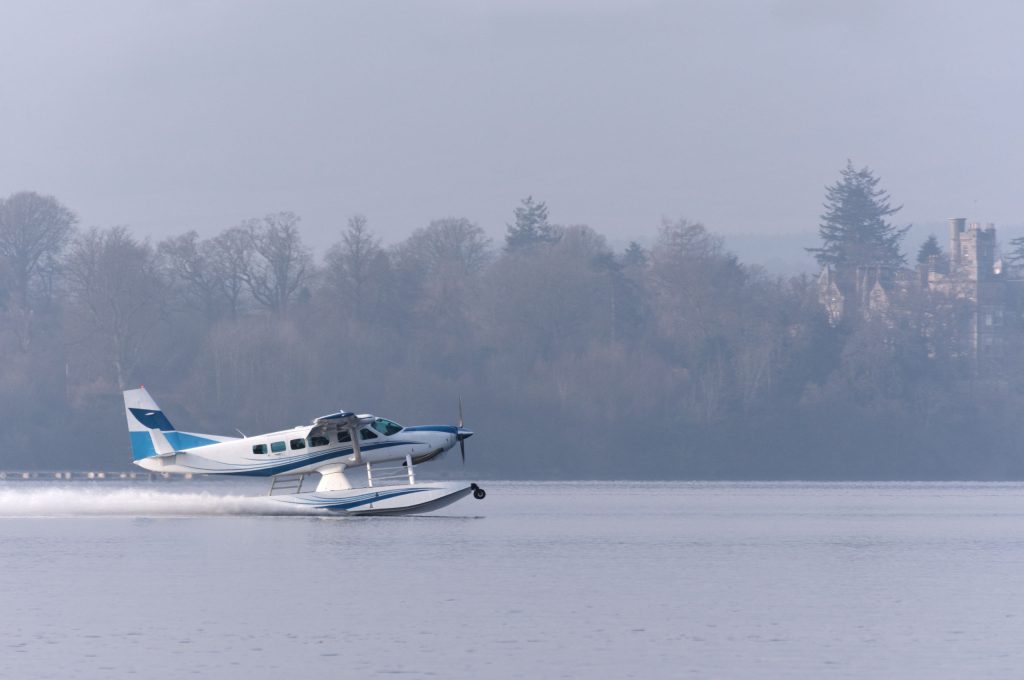
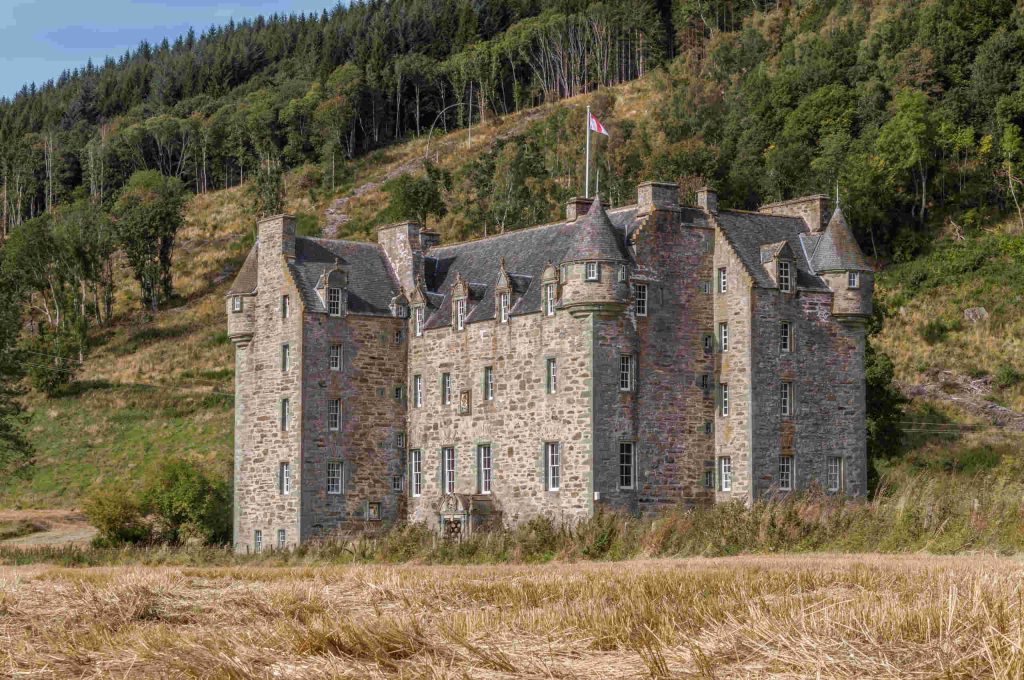
The John McMurrick legacy
Over a period of near 50 years John McMurrick was involved in a number of businesses in the area. As a result of his work, he became part owner of the Tarbet Hotel, partner of the Loch Lomond Steamship Company, and part owner of the Loch Lomond whisky distillery when it started in the village. Further, he owned or built several other properties within and around the village. As such, John employed many locals to work within his estate and his businesses.
Since his death the properties were eventually sold to the Colquhoun family and it remained in their ownership until the present owners purchased Stuckgowan Estate in 2012.
As John McMurrich had no offspring, the estate passed on to his many relatives. As a result, they all gained an inheritance when the estate was finally sold in 1882.
Returning to ancestral roots in Scotland
We as present owners have been contacted by relatives and offspring from the USA, Canada, Australia, New Zealand as well as in the UK, who have passed us interesting historical information and in some cases, have returned to visit their ancestral roots. We welcome and are interested to find any other information on Loch Lomond history and the Stuckgowan estate that can be added to our search.


